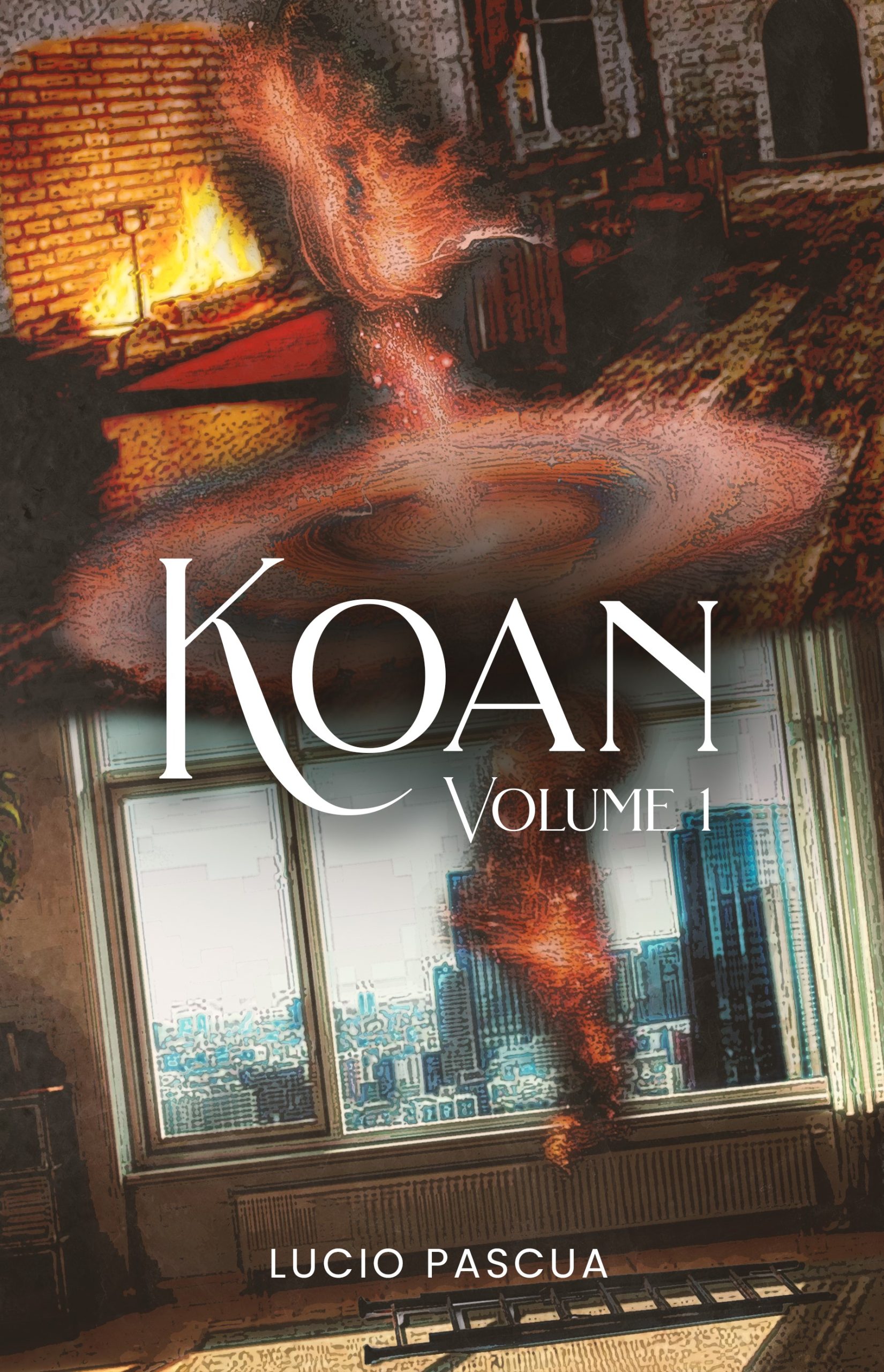Some stories ask you to think about what you believe. KOAN asks something more: What would you do if you had to live those beliefs every day, under pressure? Lucio Pascua’s unrealistic blend of literary fiction, philosophical fantasy, and magical realism defines characters by their words and choices when those beliefs are tested. It’s a novel where faith, philosophy, and personal ethics aren’t background colour; they’re the plot’s heavy force.

KOAN introduces a world where cosmic order and chaos are constantly tense. The characters who populate this world, the mythic Guardians, the Rational One, or the human players caught in political, spiritual, and scientific upheavals, don’t just hold opinions. They act on them, even when the cost is high. The Northern Tortoise protects with patience and foresight, representing that true power lies in strength. The Eastern Dragon moves with vision and adaptability, proving that progress must be fluid, not inflexible. Together, they model harmony through action, not just ideology.
Other figures in KOAN show us the more human side of this dynamic. El-Javaz, with his radical philosophy of peace, governs not by blade or ruling but by example, insisting on nonviolence even when threatened by forces that thrive on domination. His belief is not passive; it’s active resistance against the easier path of fear and aggression. Then there’s Skaian, whose longing and moral uncertainty drive him toward moments of courage, reflecting how personal desire can align with or challenge one’s values.
What makes these characters compelling is that the shifting political, mystical, and cosmic realities around them constantly test their beliefs. In this way, KOAN echoes films where principles are not decorative but defining. Think of The Matrix, where Neo’s journey is not simply about survival but about embracing the responsibility of knowing the truth. Or The Last Temptation of Christ, where the central struggle is not whether to believe but act in alignment with belief when every human instinct pulls in the opposite direction.
Living one’s beliefs in KOAN often means standing in the uncomfortable space between ideals and consequences. It isn’t a world where the right choice guarantees a happy ending. Instead, it’s a place where moral clarity may lead to loss, sacrifice, or even misunderstanding. That tension creates drama without a flashy spectacle, much like A Man for All Seasons, where Sir Thomas More’s integrity becomes his strength and downfall.
Even the rivals in KOAN, like Hel, are shaped by belief, though in his case, it is a warped philosophy inherited from generations of cruelty. His ruthless vision mirrors the characters’ principles, showing how belief without compassion becomes a force of destruction. This contrast gives the novel a philosophical weight, as every clash is also a clash of worldviews.
By the end, KOAN leaves you with a challenge: Whether to admire a belief in theory, or to live it in practice, especially when the risks are cosmic. Like the best films in its genre, whether the metaphysical wonder of Cloud Atlas, the allegorical depth of Pan’s Labyrinth, or the mocking sharpness of The Man Who Fell to Earth, KOAN reminds us that character is revealed not in what we say we believe, but in the choices we make when those beliefs are the only compass we have.
In KOAN, belief is never static. Rather, it’s lived, tested, and transformed. And in a world where the universe’s balance hangs on such choices, that might be the most powerful force we all should learn to contemplate.
Read this book to know more: https://www.amazon.com/dp/1968615466.